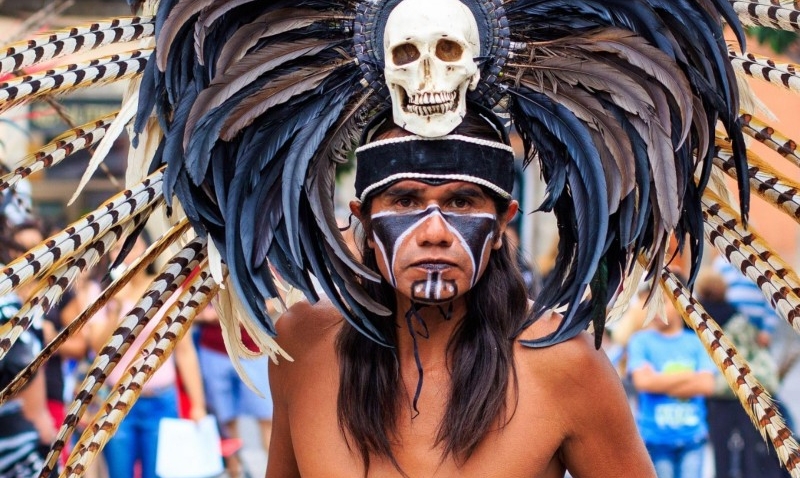
World of the Mayan Headdress: Significance and Craftsmanship
The Mayan civilization, with its rich history spanning over two millennia, has left an indelible mark on the cultural landscape of Mesoamerica. One of the most captivating elements of Mayan culture is the headdress, a symbol not only of status and identity but also of the intricate relationship between the people and their beliefs, ritual practices, and artistry. The Mayan headdress is more than just a decorative accessory; it carries deep meanings and varying styles depending on the social standing of the wearer, the region, and the occasion.
Crafted from a range of materials, including feathers, precious stones, and intricate textiles, these headdresses were once exclusive to the elite of the society, particularly the nobility and priests. They often played a crucial role in ceremonies, ceremonies linking the earthly realm with the divine, underpinning the importance of the cosmos in Mayan life. This comprehensive exploration of the Mayan headdress will delve into its cultural significance, the various styles and materials used, the artistry and craftsmanship involved, and its relevance in contemporary society.
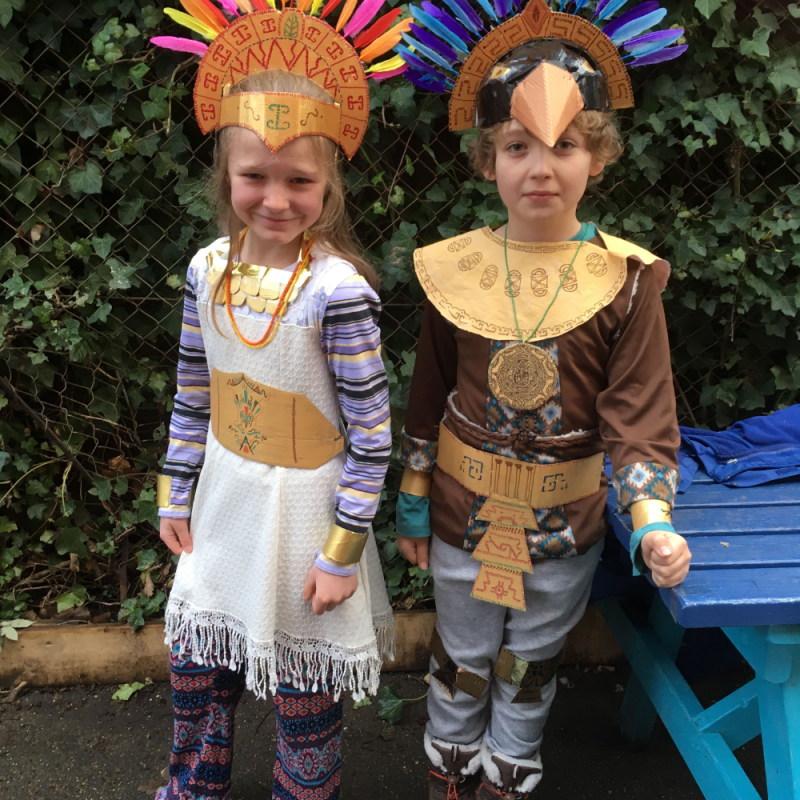
The Cultural Significance of the Mayan Headdress
The cultural landscape of the ancient Mayans was rich and diverse, encompassing various beliefs, practices, and social structures. The Mayan headdress was more than just a physical adornment; it symbolized social status, identity, and spirituality.
Symbol of Status and Power
In Mayan society, wearing an elaborate headdress was a clear indication of one’s social position. Nobles and high-ranking officials donned intricately designed headdresses adorned with precious materials. Elite warriors, priests, and rulers used these accessories as a means to exhibit their authority and mark their place within the hierarchical structure of Mayan civilization.
Spiritual Connections
Mayan spirituality was deeply connected to the cosmos. Headdresses often featured images and motifs of gods and celestial bodies, illustrating a person’s connection to the divine. Priests wore headdresses adorned with feathers and other sacred materials during ceremonies. These items were believed to facilitate communication with deities, ensuring a successful outcome for rituals and prayers.
Representation of Identity
The design and style of a headdress could reflect a person’s ethnicity, community, and personal identity. Different regions had unique artistic expressions, leading to a vast array of headdresses throughout the Mayan civilization. This diversity highlights the rich cultural tapestry that existed among various Mayan groups.
Connection to Rituals and Ceremonies
The Mayans placed significant importance on rituals and ceremonies, many of which required specific attire and accessories. The headdresses worn during these events served multiple purposes: they linked the ritual participants to their ancestors, signified the occasion’s seriousness, and imbued the ceremony with deeper meaning.
Materials Used in Mayan Headdresses
The choice of materials played a critical role in creating the intricate and beautiful designs of the Mayan headdress. Various components contributed to their aesthetic value and spiritual significance.
Feathers
Feathers were among the most admired materials used in creating Mayan headdresses. Birds such as quetzals, macaws, and toucans provided vibrant and colorful feathers that symbolized beauty, power, and connection to the divine. The artistry involved in arranging these feathers was significant, and the manipulation of colors and patterns conveyed specific meanings.
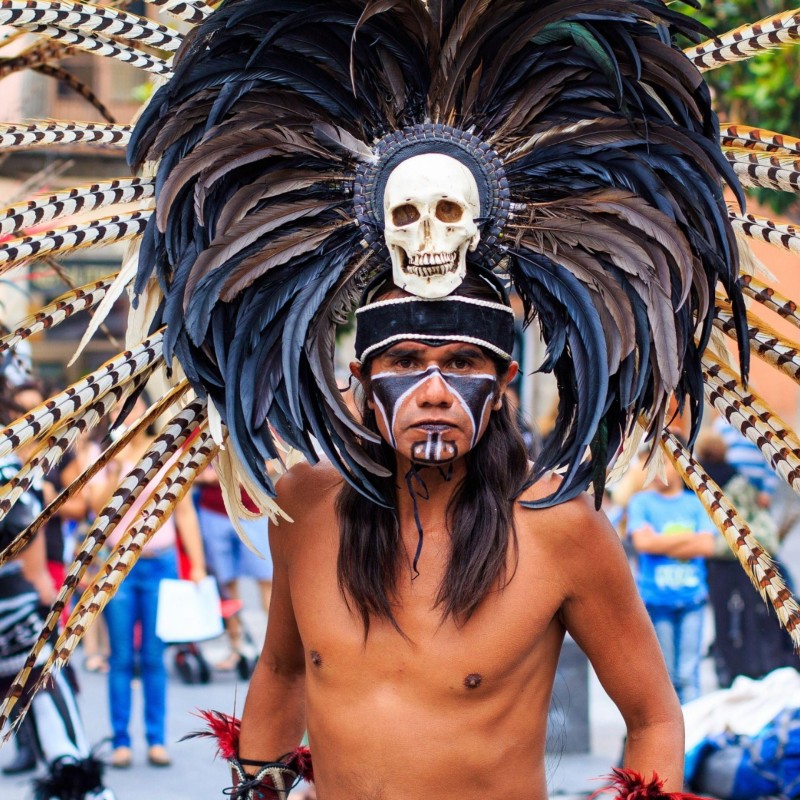
Precious Stones and Metals
In addition to feathers, Mayan headdresses often incorporated precious stones, such as jade, turquoise, and obsidian. Jade, in particular, held great spiritual significance and was associated with life and the afterlife. These stones were sometimes attached as ornaments or used to create intricate mosaic designs. Gold and silver were also utilized, especially among the elite, signifying wealth and power.
Textiles
Textiles played a significant role in Mayan headdresses as well. Handwoven fabrics featuring vibrant colors and symbolism adorned headpieces, adding layers of meaning and visual interest. Natural dyes made from plants and minerals created stunning color palettes that were integral to the overall design. Certain patterns conveyed stories and helped reinforce cultural connections, guiding the wearer in their identity.
Natural Elements
Besides traditional materials, some headdresses included elements from nature, such as flowers, leaves, and bark. These components underscored the Mayans’ deep connection to the earth and their appreciation for the natural world. Incorporating these elements into their attire added to the beauty and significanc of the headdress.
Styles of Mayan Headdresses
The Mayan headdress comes in a plethora of styles, each with unique characteristics, functions, and symbolism. Understanding these various styles contributes to our overall comprehension of their cultural importance.
Nobility Headdresses
The headdresses worn by nobility were often the most elaborate and highly decorated. These pieces frequently combined feathers, jewels, and intricate textiles, making them artful and eye-catching. Nobles wore these headdresses to display their high social standing and authority. Such headdresses were typically worn during important ceremonies and events.
Warrior Headdresses
Warrior headdresses carried their own distinctive features. Often adorned with animal motifs or symbolic representations, these headdresses served to instill fear in enemies and empower the wearer. They frequently included elements like feathers and bones, showcasing the warrior’s connection to courage, strength, and protection.
Priest Headdresses
Priests, as intermediaries between the gods and the people, wore headdresses that reflected their spiritual status. These headdresses often included symbols of deities and celestial bodies. Feathers and charms linked to specific gods were often used as offerings to invoke favor from the divine. The elegance of these headdresses conveyed both a sense of reverence and power during rituals.
Ceremonial Headdresses
Certain headdresses were specifically designed for specific ceremonies, such as weddings, fertility rites, and other culturally significant events. These special headpieces frequently included unique patterns and motifs that told stories or connected to the occasion’s essence. Such headdresses were crafted with the utmost care and precision to ensure their symbolic importance was conveyed.
Everyday Wear Headdresses
While elaborate headdresses received the most recognition, everyday pieces existed for daily life. Although simpler in design, these headdresses varied in ornamentation and texture, representing individual identity and community ties. They served practical purposes, providing comfort and protection while still reflecting the unique cultural identity of the wearer.
The Craftsmanship Behind Mayan Headdresses
Creating a Mayan headdress required exceptional craftsmanship and skill, rooted in traditional practices passed down through generations.
Skilled Artisans
Craftsmanship was a vital aspect of Mayan culture, with skilled artisans dedicating their lives to creating intricate headdresses. Master artisans employed various techniques, including weaving, beading, and feather arrangement. These techniques required many years of practice and experience, showcasing the dedication of artisans to their art.
Cultural Training and Knowledge
Artisans were often trained through a cultural apprenticeship system, where knowledge was imparted from one generation to the next. This system ensured that the techniques, stories, and significance behind each headdress were preserved within the community. Knowledge about specific materials, patterns, and their meanings was vital in crafting high-quality pieces.
Tools and Techniques
The tools and techniques employed by these craftsmen have evolved over time, allowing for more intricate designs and finer details. Traditional tools, such as needles for stitching and hooks for weaving, were commonly used. Additionally, modern techniques, like dyeing and cutting, contributed to the final product. Balancing age-old traditions with contemporary influences has allowed for the ongoing evolution of craftsmanship.
The Role of Art in Community
Creating headdresses was often a communal activity, involving collaboration among families or groups. The skills and artistry involved in this task fostered community bonds and preserved cultural traditions. The art of headdress creation was therefore not just an isolated practice but rather a shared cultural language symbolizing heritage and identity.
The Relevance of the Mayan Headdress Today
While the ancient Mayan civilization has long since declined, the significance of the Mayan headdress endures in the present.
Cultural Revitalization
Many contemporary Mayan artisans and communities are actively working to revive traditional crafts, including headdress-making. By embracing their cultural heritage, they are preserving the artistry of their ancestors while ensuring that future generations can appreciate the significance of these symbols.
Festivals and Ceremonies
Mayan headdresses continue to feature prominently during festivals, religious ceremonies, and cultural events. Participants in modern-day celebrations often wear traditional headdresses to honor their heritage and pay homage to their ancestors. The headdress serves as a reminder of their deep-rooted beliefs and cultural values.
Influence on Modern Fashion
The artistry and aesthetics of the Mayan headdress have influenced contemporary fashion designers worldwide. Elements of Mayan culture can be seen in various clothing lines, accessories, and artistic expressions, bringing renewed interest in and appreciation for the rich cultural heritage of the Mayan civilization.
Education and Awareness
Incorporating the history and cultural significance of the Mayan headdress into educational curricula can foster appreciation and awareness of indigenous cultures. Museums and cultural institutions often display these artifacts, enabling visitors to understand their significance and shape a broader cultural narrative.
Preservation Efforts
Preservation efforts are ongoing to ensure the survival of traditional Mayan crafts. Various nonprofits and cultural organizations are dedicated to helping artisans maintain their skills and pass them on to younger generations. By supporting these initiatives, communities can retain their cultural identity through generations.

Conclusion
The Mayan headdress is a remarkable artifact that encapsulates the complexity and richness of Mayan culture. These intricate accessories symbolize not just adornment but also social status, spiritual connections, and communal identity. Their creation involves exceptional craftsmanship passed down through generations, ensuring that Mayan traditions continue to thrive.
As we navigate through contemporary society, the relevance of the Mayan headdress remains, showcasing cultural revitalization efforts, its influence on modern fashion, and the importance of education in fostering appreciation for the Mayan heritage. Understanding the significance of these headdresses enriches our knowledge of history, art, and cultural identity.
The enduring legacy of the Mayan headdress emphasizes the importance of preserving cultural expressions while embracing the beauty and artistry inherited from ancestral traditions. As we celebrate diversity, we open ourselves to the profound stories woven into the fabric of human existence.




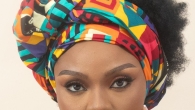
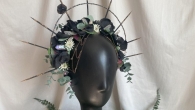
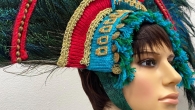

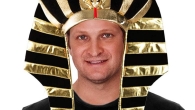
Leave a Reply